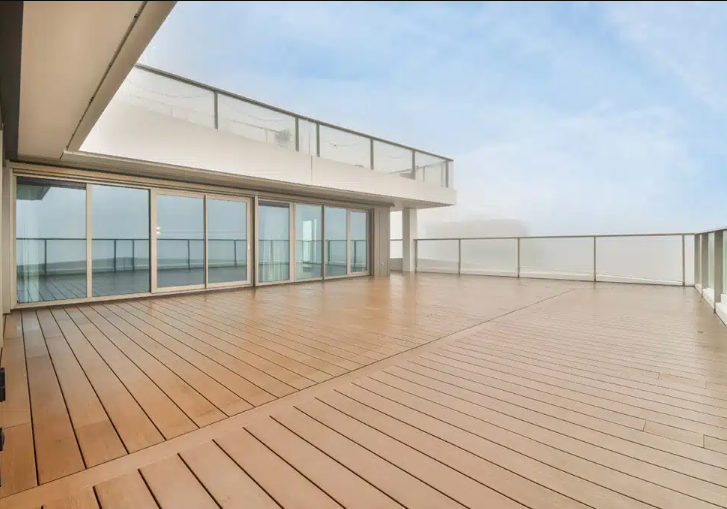Constructing a deck offers a fantastic opportunity to expand your living area into the outdoors while enjoying the natural beauty of your surroundings. However, in today's world where environmental consciousness is paramount, it's crucial to approach deck construction with sustainability in mind. Building a green deck involves using eco-friendly materials and practices to minimize environmental impact and promote a healthier planet. Here's a comprehensive guide to green deck construction:
1. Choose Sustainable Materials: Start your green deck construction by selecting environmentally responsible materials. Opt for decking materials that are certified sustainable or made from recycled materials. Consider options like reclaimed wood, bamboo, or composite decking, which offer durability and longevity without contributing to deforestation or resource depletion.
2. Incorporate Recycled Materials: Integrate recycled materials into your deck design to reduce waste and minimize environmental impact. Use recycled plastic lumber for decking boards, reclaimed metal for framing, or salvaged materials for decorative elements. Repurposing materials not only reduces landfill waste but also adds character and uniqueness to your deck.
3. Energy-Efficient Features: Include energy-efficient features in green deck construction to reduce energy consumption and reliance on non-renewable resources. Install solar-powered lighting fixtures to illuminate your deck without drawing electricity from the grid. Consider integrating solar panels into your deck structure to generate clean, renewable energy for your home.
4. Sustainable Construction Practices: Adopt sustainable construction practices to minimize environmental impact during the building process. Use hand tools or electric-powered tools with low emissions to reduce carbon footprint. Minimize soil disturbance and protect existing vegetation to preserve the natural landscape around your deck. Choose eco-friendly adhesives, sealants, and finishes to maintain indoor air quality.
5. Water Management Strategies: Implement water management strategies to conserve water resources and prevent runoff. Design your deck with permeable surfaces that allow rainwater to infiltrate the soil, reducing stormwater runoff and soil erosion. Consider installing rain barrels or cisterns to collect rainwater for irrigation, reducing the demand for municipal water.
6. Sustainable Landscaping Practices: Enhance the sustainability of your deck by incorporating native plants and eco-friendly landscaping practices. Choose native plants that are adapted to your local climate and require minimal water and maintenance. Create wildlife-friendly habitats with bird feeders, butterfly gardens, or bee hotels to support local biodiversity.
7. Long-Term Maintenance: Maintain your green deck using sustainable practices to prolong its lifespan and minimize environmental impact. Use eco-friendly cleaning products and methods to keep your deck clean without harming the environment. Regularly inspect your deck for wear and tear, and address any issues promptly to prevent further damage and ensure its longevity
